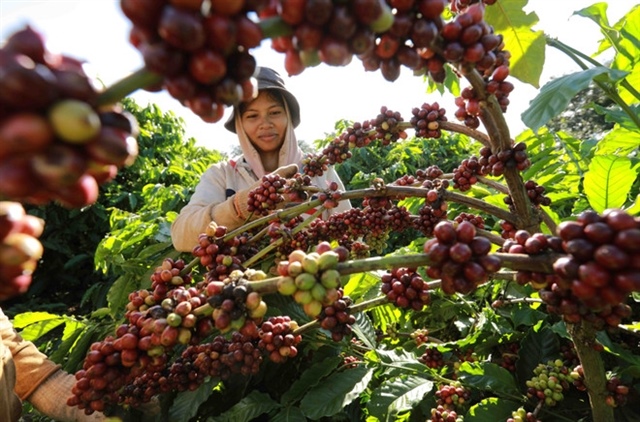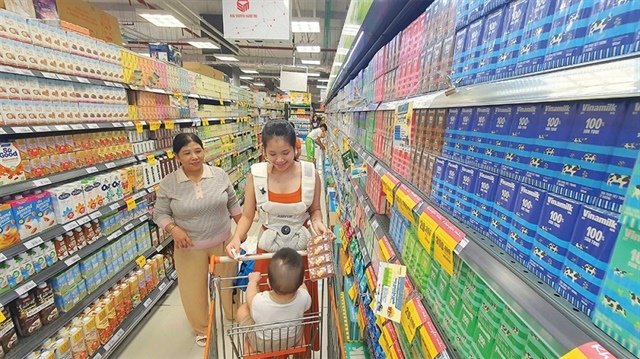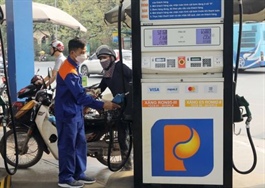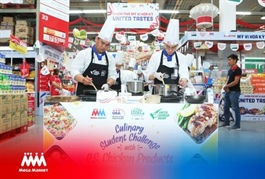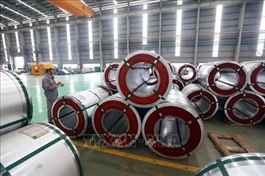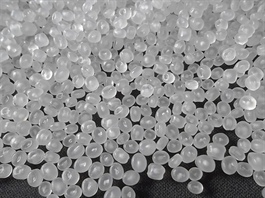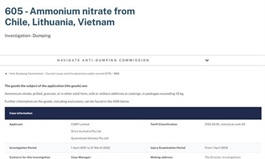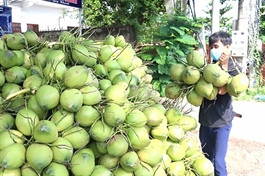Vietnam sees opportunities, challenges for rice export
Vietnam sees opportunities, challenges for rice export
Vietnam expects to spur both the revenue and volume of rice exports in the coming months given a slew of opportunities, but several hindrances are confronting the country.

India, which accounts for over 40 percent of global rice exports, issued a ban on exporting non-basmati white rice, which represents more than 80 percent of its rice export volume, in July.
The United Arab Emirates and Russia followed suit to stop rice exports.
Thailand and Vietnam are among major rice exporters in the world, but the former has taken a blow dealt by drought-triggered crop losses.
As such, Vietnam is enjoying a big opportunity to gain proactivity in rice export.
It is high time for Vietnam to cement its position as a large rice exporter in the world, and seize chances to seal long-term rice export agreements.
Big hurdles
Among bottlenecks in Vietnam’s rice export process are rice quality that is not higher than expected, a small rice-growing scale, poor access to high-quality rice seeds, and the weak application of technology to farming.
Meanwhile, Vietnamese rice has to meet stringent requirements for export set by many importers.
To increase rice yields, improve rice quality, and build Vietnamese rice brands globally, agriculture agencies, enterprises active in rice farming, and farmers should focus on seed selection and training for application of technology.
Typical initiative in rice cultivation
Over the past few years, many units have been working to stabilize rice sources and push up efficiency in rice production. Their initiatives have backed Vietnam’s farming industry.
Syngenta Vietnam, one of the leading agricultural technology and solution enterprises, is cooperating with its partners and rice producers to advance rice value chains, while creating GroMore, an integrated solution in rice farming, which meets the SRP standard for sustainable rice cultivation.
The solution is meant to help farmers with seed selection, soil preparation, water management, fertilizer application, safe and effective use of pesticides, and post-harvest management.
Tran Thanh Son, a farmer in An Giang Province in the Mekong Delta region, said that Syngenta has accompanied farmers in the province during the process of applying GroMore to rice cultivation.
“I am very excited at these achievements generated from the solution [GroMore], while I have saved much money, but still produced high yields,” he said.
Advanced models like that using GroMore are aimed at bringing new technology solutions and rice-growing techniques to farmers to improve the quality of Vietnamese rice, and raise their income, said Tran Thanh Vu, general director at Syngenta Vietnam.





